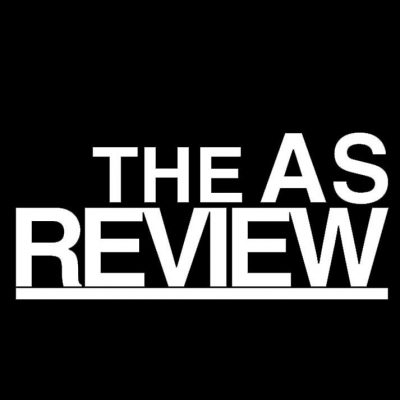By Josh Hughes
On October 25, Mark Weitzman, chair of the Committee on Antisemitism and Holocaust Denial for the International Holocaust Remembrance Authority (IHRA), gave a talk at Western about defining antisemitism in the 21st century. Integral in creating IHRA’s newly adopted working definition of antisemitism, Weitzman came to campus to examine the importance of addressing the vast history of prejudice against Jewish people, eventually getting at why we should still care about and emphasize the discrimination faced around the world.
After antisemitic incidents that occurred at Western in the last years, including offensive graffiti sprayed on campus, the university charged a task force with creating guidelines and means of educating the school about antisemitism. While the task force issued a lengthy report last Spring quarter, Weitzman’s talk deeply coincided with the impact of those events.
Starting with a brief history of antisemitism, Weitzman referenced Martin Luther, Voltaire and Henry Ford as prominent figures in religious, philosophical and industrial spheres, respectively, who showcased a hatred of jewish people in their separate discourses. His argument went on to show that a historical discrimination of jewish people permeated the globe across fields, eventually building up to the holocaust.
“The holocaust was the greatest example of industrialist genocide that the world had seen up to that point in history,” Weitzman said, before shifting his discussion to the direction of holocaust denial. IHRA itself formed in 2000 partially as a response to the upsurge in antisemitism and holocaust denial and distortion. Point to a sudden spike in Jewish discrimination in Europe in the last decade, Weitzman suggested the need for a new working definition of antisemitism that could transcend country borders and help lessen hate crime and hate speech against jewish people.
This leads us to the IHRA’s legally non-binding working definition of antisemitism that Weitzman helped author: “Antisemitism is a certain perception of Jews, which may be expressed as hatred towards Jews. Rhetorical and physical manifestations of antisemitism are directed toward Jewish or non-Jewish individuals and/or their property, toward Jewish community institutions and religious facilities.”
The question that arisesis “what’s so new about this?” There’s nothing radically different in the above definition from anything the majority of the world already considers as antisemitism, so why does it matter? Weitzman argues that it’s the ground level for an important change that needs to happen throughout the world.
“This is not a Jewish issue but an issue for the society because it reflects on the standards of how we treat any individual,” he said,answering a student question about the impacts this definition could have since it is not legally binding.
For Weitzman, the important part is that the IHRA is made up of 30 different countries, and for a change to be made within their organization, all 30 countries must approve. For the definition of antisemitism, the group worked for five years to create the document and collectively agree on its importance in contemporary culture. While this definition is non-binding, it provides a baseline platform for citizens to follow.
Weitzman believes that social issues such as discrimination must be addressed both from the top down and the bottom up, therefore the definition’s status as non-legally binding allows room for context. Weitzman talked about the differences implied between rhetoric of a Neo-Nazi and that of a high school student inappropriately making “jew jokes”. In this sense, since the term has no legal consequences attached to it, there is a place for education instead. The IHPA working definition allows for conversations to start surrounding religious persecution, racial discrimination and basic human rights that transcend just antisemitism.
“Instead of waiting for a situation to escalate, the University, growing out of the work of a committee, has come up with a program that starts with the definition, and that’s the first step,” Weitzman said in praise of Western’s actions concerning antisemitism on campus.
As with the IHPA definition and its global scale, Western is setting a template to address the prevalence of antisemitism in the 21st century, that will hopefully start important conversations and fight discrimination, regardless of race, gender or religion. It’s just a first step, but these sorts of documents and definitions open the doors to wider recognition and action against discrimination.

